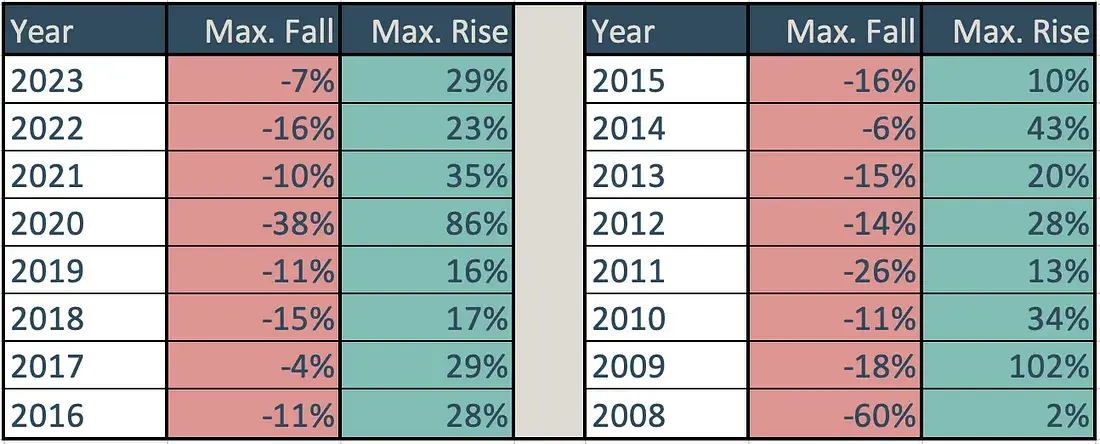🌐 The Big Picture: Trade & Tariffs
Trade is the lifeline of the global economy. When countries exchange goods and services freely, it promotes growth, creates jobs, and drives innovation. However, tariffs—taxes imposed on imported goods—can disrupt this flow, often used by governments to protect domestic industries or address trade imbalances.
In recent months, trade policies have become central to geopolitics. The US-China tariff tensions, ongoing shifts in global supply chains, and regional trade agreements are all influencing the way capital moves—and ultimately how markets behave.
📉 How Do Tariffs Impact Markets?
-
Volatility: Uncertain trade environments often lead to increased market volatility as investors weigh risks and potential disruptions.
-
Sector-Specific Effects: Export-oriented sectors like IT, pharma, and manufacturing are particularly sensitive to tariffs and trade regulations.
-
Currency Movements: Trade restrictions can lead to currency fluctuations, affecting international investments and commodity prices.
-
Inflation & Interest Rates: Higher tariffs can increase the cost of goods, putting upward pressure on inflation—and possibly interest rates.
📊 But Here’s the Bigger Picture: India
Despite concerns around tariffs, India enjoys several macroeconomic tailwinds that make this a compelling time for long-term investors:
- Relatively Lower Tariffs than China – This enhances India’s global competitiveness and supports the “China+1” strategy many companies are adopting.
- Fiscal Boost by Finance Ministry – Recent income tax rate cuts provide more disposable income and support consumption.
- Government-Led Capital Expenditure – Infrastructure spending is at an all-time high, acting as a multiplier for job creation and GDP growth.
- Monetary Support by RBI – With rate cuts, ample liquidity, and a larger-than-expected dividend, RBI is fuelling credit growth and market momentum.
- Robust Fiscal Health – India’s fiscal deficit is under control, and banks are in a much stronger position with healthy balance sheets and improving NPA levels.
- Forecast of an Above-Average Monsoon – This bodes well for rural demand and the agri economy.
- Lower Crude Prices – A major relief for inflation and India’s current account balance, benefiting consumers and businesses alike.
📈 What Should Smart Investors Do?
-
Stay Diversified: Markets react to global events quickly. A well-diversified portfolio across asset classes—Mutual Funds, Bonds, Corporate FDs, and even Alternate Assets—can protect you from overexposure.
-
Think Long-Term: Trade disruptions may cause short-term market corrections, but strong businesses and themes will continue to thrive over time.
-
Focus on India’s Strengths: India continues to position itself as a global manufacturing and digital hub. Sectors aligned with these themes can offer structural growth.
-
Track Global Trends Locally: Whether it’s a sector fund, a global strategy through PMS, or even Start-Up investing—stay tuned into how global events shape local opportunities.
At Artham FinoMetry, our approach is to guide you through changing times with clarity, conviction, and strategic thinking. With access to a wide spectrum of solutions—from Mutual Funds and PMS to Bonds, Insurance, and Start-Ups—we’re here to help you stay ahead.
Trade dynamics and tariffs may bring short-term noise, but with the right strategy, they also open windows of opportunity. Let’s use knowledge as our compass and long-term planning as our anchor.
In 2008, during the worst global financial crisis, Foreign Institutional Investors (FIIs) withdrew Rs.41,000 Crores, and the Indian stock markets crashed by a jaw-dropping 50%. Half the market wealth vanished.
In 2020, amid the global health crisis, FIIs pulled out Rs.58,000 Crores, causing a 20% market drop.
Now, in October 2024, FIIs have withdrawn an even larger Rs.84,000 Crores, yet the markets have fallen by only 5%-6%.
Why??
The answer lies in you. Domestic Institutional Investors — everyday investors like you — have been consistently fueling the market through SIPs and lump-sum investments in mutual funds. Monthly SIP inflows have reached Rs.24,000 Crores, with additional support from insurance companies, EPFO, and retail investors.
This surge in domestic liquidity has created a powerful buffer, keeping the markets stable. Every time FIIs sell and return later, they find themselves buying at higher prices.
This liquidity trend is here to stay, and it’s likely to continue driving the market forward. Invest in Indian Equity Mutual Funds with confidence…
Since late September, we’ve seen the Indian stock market go through a correction, with NIFTY falling around 9%. For many, this drop might seem worrying. But experienced investors know that ups and downs are normal in the stock market.
Every year, the market drops by 10–15%, and every three-four years, it usually falls by 20–25%. Every eight-ten years, a bigger drop of 30–40%+ can happen. These corrections are actually healthy. They help adjust stock prices and give serious investors a chance to buy at better prices.
Looking back over the past 16 years, we see a clear pattern: after each big fall, the market has bounced back strongly. For example, in 2020, despite a 38% drop, the market rose by 86% afterwards. Even smaller drops, like in 2016 or 2019, were followed by solid gains. This pattern reminds us that while declines are temporary, recoveries can bring excellent long-term growth for those who wait patiently.
Data compiled by Ms. Niyati Patel at Artham FinoMetry Pvt Ltd. Source: NSE Website, NIFTY 50 Datapoints.
“Investors should see these cycles as part of the journey and not something to fear. Market dips are great chances to build a strong portfolio. History shows that investors who stay calm and keep investing during these times often see higher returns over time.
The rewards come to those who stay calm and disciplined.
